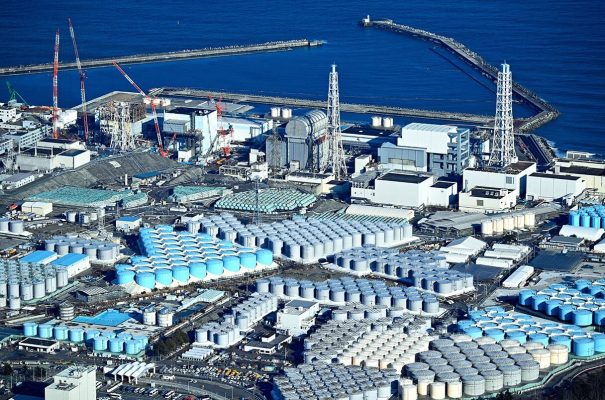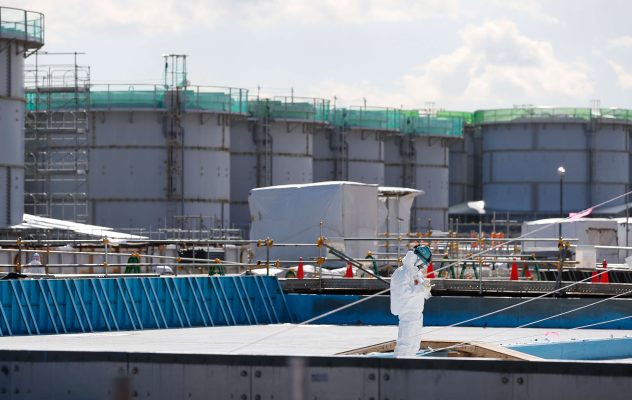Japan’s Plan to Release Fukushima Radioactive Water into Ocean Raises Concerns
Japan’s forthcoming release of treated Fukushima radioactive water nuclear plant into the ocean has ignited concerns among neighboring countries and local communities.
Despite the approval from the International Atomic Energy Agency (IAEA) and assurances from the Japanese government, experts hold differing opinions regarding the potential risks involved.
The Fukushima nuclear plant suffered a meltdown in 2011 due to damage caused by an earthquake and tsunami.
Since then, Fukushima radioactive water has continuously pumped into the reactors to cool the fuel debris, resulting in the accumulation of contaminated wastewater.
The Tokyo Electric Power Company (TEPCO) has constructed numerous tanks to contain over 1.32 million metric tons of wastewater.
However, available space is running out, and freeing up space is necessary to safely decommission the plant.

The Fukushima radioactive water primarily contains a hydrogen isotope called tritium. Which cannot be easily remove. The Japanese government and the IAEA assert that the water will be highly diluted before release and will meet international safety standards.
They argue that the concentration of tritium will be on par or lower than what other countries allow. And that tritium naturally occurs in the environment. However, experts remain divided on the potential risks and impacts associated with this plan.
Experts express concerns about the potential bioaccumulation of tritium and other pollutants in the marine ecosystem.
They worry that even diluted wastewater may have long-term consequences for marine life. As pollutants can pass through various levels of the food chain.
This raises alarm considering the existing stresses on the world’s oceans due to climate change, ocean acidification, overfishing, and pollution.
You may also like: UN Nuclear Chief Rafael Mariano Grossi Visits Japan for Final Report on Release of Treated Radioactive Water
The Fukushima Radioactive Water Release Process
The Fukushima radioactive water will undergo treatment to remove removable harmful elements, after which its radioactivity will be measured. A second round of treatment will be performed on much of the water.
The diluted water will contain 1,500 becquerels of tritium per liter. Significantly below Japan’s regulatory limit of 60,000 becquerels per liter.
The water will be released through an undersea tunnel into the Pacific Ocean. And independent organizations like the IAEA will monitor the discharge.
While the United States supports Japan’s decision, citing transparency and adherence to nuclear safety standards. Other neighboring countries have expressed skepticism. China has raised concerns about the potential harm to the marine environment and human health.

The Pacific Islands Forum, which includes Australia and New Zealand, has also voiced reservations, highlighting the need for more data before permitting ocean release.
Japan’s plan to release treated Fukushima radioactive water nuclear plant into the ocean has sparked debates and concerns regarding potential risks.
While the Japanese government and the IAEA assert that the release will meet international safety standards, experts remain divided.
The potential impacts on marine life and ecosystems raise important questions, emphasizing the need for careful consideration and ongoing monitoring of the situation.





